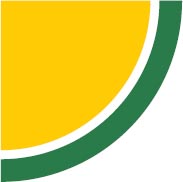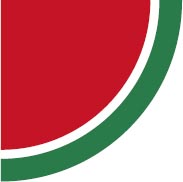

COLOR OF RIPE FRUIT

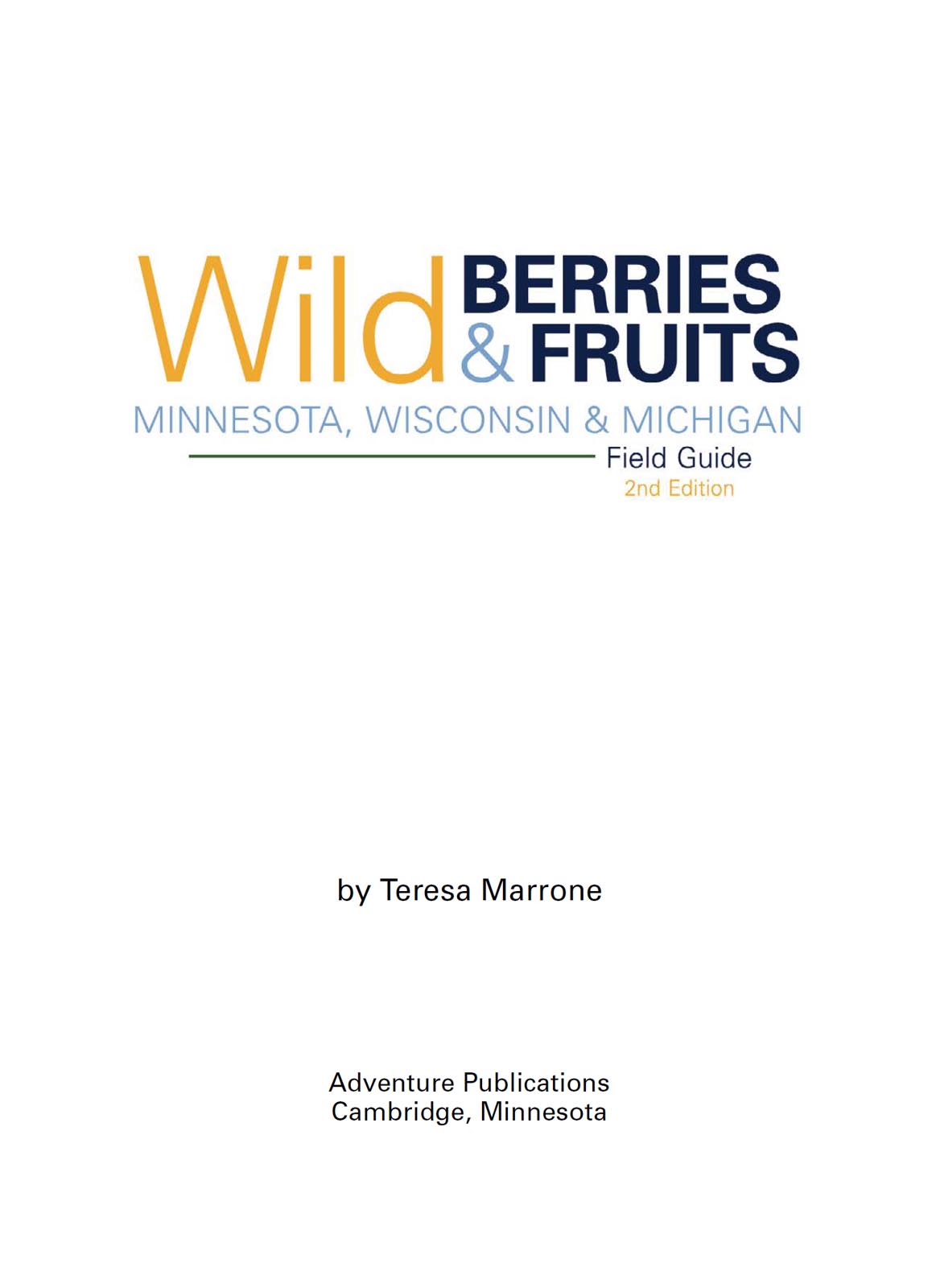
ACKNOWLEDGMENTS
Thanks to Gustave Axelson for his review of the book.
Cover and book design by Jonathan Norberg
Flower anatomy illustration by Julie Martinez
Edited by Brett Ortler
Photo credits by photographer and page number:
Cover photos: blueberry, buttonbush, black raspberry and rose hips by Teresa Marrone
All photos by Teresa Marrone, unless noted.
Alfred Cook:
10 9 8 7 6 5 4 3 2 1
Wild Berries & Fruits Field Guide: Minnesota, Wisconsin and Michigan
First Edition 2009
Second Edition 2018
Copyright 2009 and 2018 by Teresa Marrone
Published by Adventure Publications
An imprint of AdventureKEEN
(800) 678-7006
www.adventurepublications.net
All rights reserved
Printed in China
ISBN: 978-1-59193-796-8 (pbk.); ISBN: 978-1-59193-797-5 (ebook)
TABLE OF CONTENTS
ABOUT THIS BOOK
Numerous field guides are available to aid in flower identification, but few address the fruiting stage of the plant. Those that do usually add a footnote or a small photo of the fruit. But the fruiting stage is critical to the plant and interesting to observers of nature as well. This book is specifically about that glorious stage in a plants life when it fulfills its purpose by producing fruits to help it reproduce.
This book was written with the forager in mind, and especially for foragers interested in taking home their finds and using them in recipes and in the kitchen. Always be certain of your identification when gathering wild fruits (or any other wild edible); if possible, check with a knowledgeable forager who is familiar with the plants in your area.
In addition to showing edible berries and fruits, this book also identifies those berries and fruits which are inedibleeven toxic. This information is critical to anyone who is faced with an unknown plant and wishes to know if its fruit is edible. Its also just plain interesting to see all the fascinating and, often, lovely fruits produced by plants, whether that fruit is edible or not.
Photos in this book focus primarily on the fruits, in all their up-close-and-personal glory. However, plant structure and leaf form are also critical to proper identification. The photos here attempt to show the key identification points of each plant; this information is also covered in the text that accompanies each photo. Features that are key to distinguishing a plant from one with similar appearance are in green type in the text; study these points with particular care when looking at a plant.
Habitat and season are also important when attempting to identify a plant. Both of these are covered in the text. Range maps for each species show approximate locations in Minnesota, Wisconsin and Michigan where each plant is likely to be found. Helpful information that allows the reader to compare similar plants provides additional insight that will aid in positive identification. Finally, each plant account includes short notes, which may feature interesting tidbits about the plant, how it has been used for food or medicine, or information on how the plant is used by birds and other wildlife.
Common names of plants are often confusing. People in different areas use different names for the same plant, and, sometimes, the same common name is used for twoor morevery different plants. All plant accounts in this book include the common name usually used by the United States Department of Agriculture, and occasionally another common name. More importantly, the scientific name is listed for each species; this is the most definitive nomenclature of all.
THE RANGE MAPS
The maps showing plant ranges are based on information from the United States Department of Agriculture, the United States Geological Survey, the United States Forest Service, and Early Detection & Distribution Mapping System (see for website addresses). These sources have been supplemented with state-specific surveys from natural-resources agencies, universities and herbariums, as well as the authors personal knowledge and experience.
Range maps are a useful tool, but are not an absolute authority. Plants rarely follow state or county lines, but most plant surveyors do when reporting their data to the USDA or other authorities. Further, some counties have not submitted data or been surveyed, and so do not appear on the lists used by government agencies. The maps in this book are approximations, and it is possible to find a plant in an area not shown on the range map (or, conversely, to be unable to find a plant in an area indicated on the map). In some cases, county-specific data is not available, yet the plant is known to grow in the state. In such cases, the state is colored with a lighter shade of the color used in that section; this indicates that the plant is present in the state, but does not show specific areas where it may be found.
WHAT IS A FRUIT?
Since this book is all about fruit, its worth discussing exactly what that term means in the context of the book. At its most basic, a fruit is the ripened part of a plant that disperses seeds; this includes things like pea pods, wheat heads and nuts. In everyday usage, however, most of us consider only fleshy, juicy, seed-bearing structures, such as blueberries, watermelon and apples, to be fruit. The short and fairly non-scientific discussion that follows will provide helpful reference for the discussion of various fruit types discussed later.
Like most living things, plants have male and female parts. Depending on species, they may exist together in one flower as illustrated below, or may grow in distinct male or female flowers. (Sometimes the male and female parts dont look anything like this, as with pine trees; then again, these plants dont produce what we think of as fruit.) The female part of the plant, at the center of the flower, is collectively called the
Next page
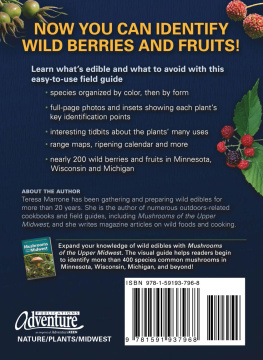

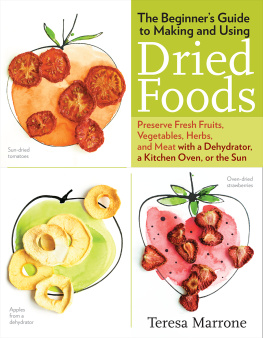
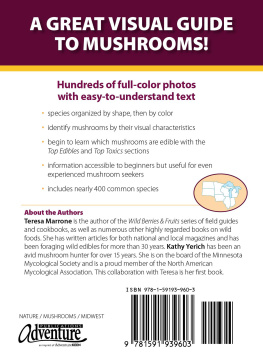
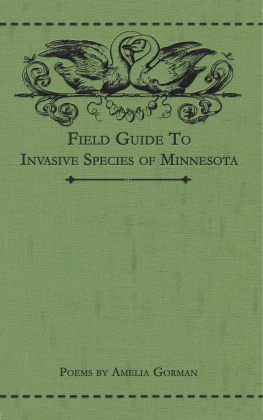
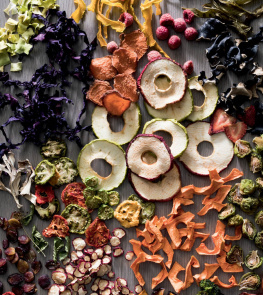
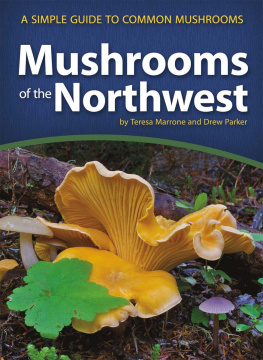
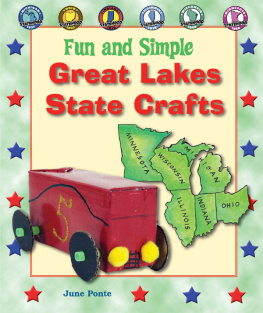
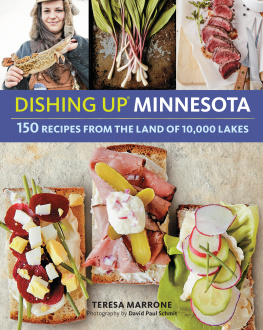
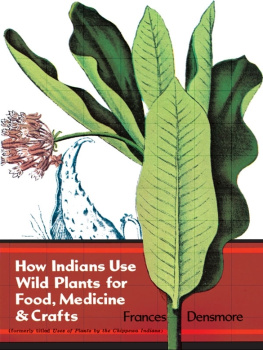


 COLOR OF RIPE FRUIT
COLOR OF RIPE FRUIT 
